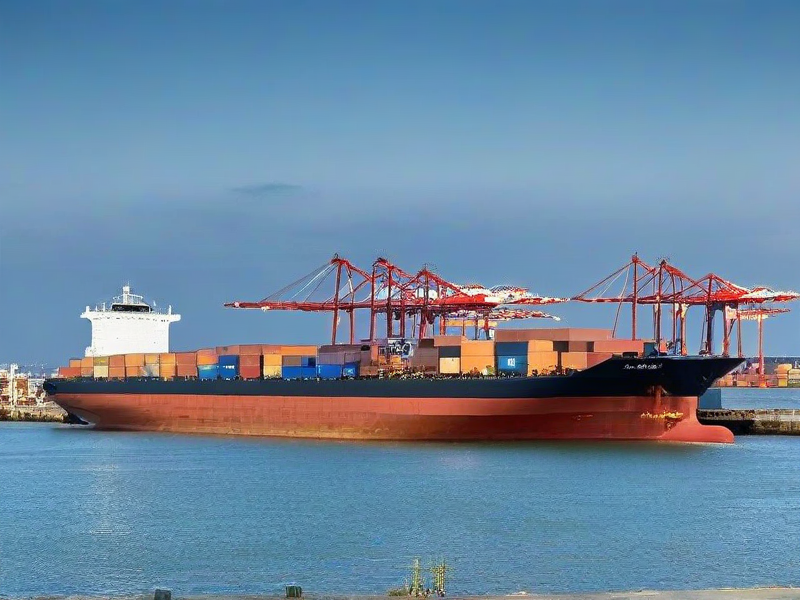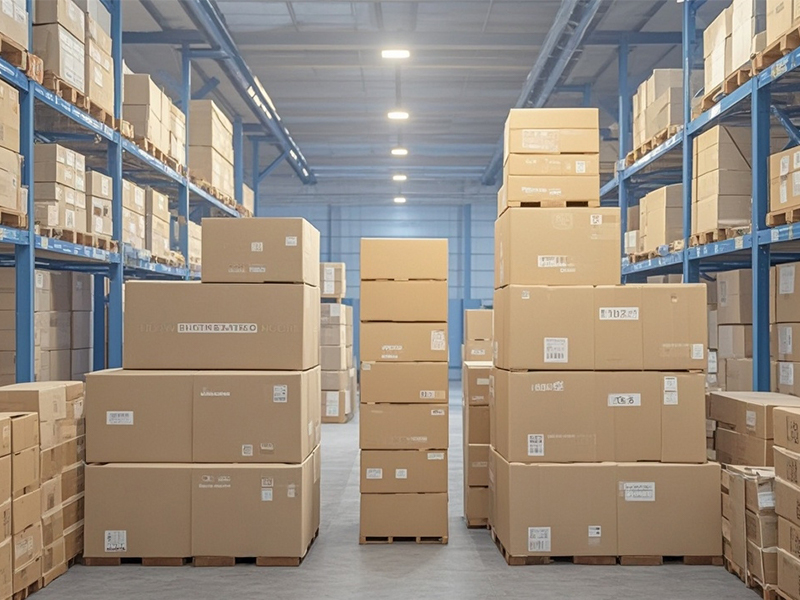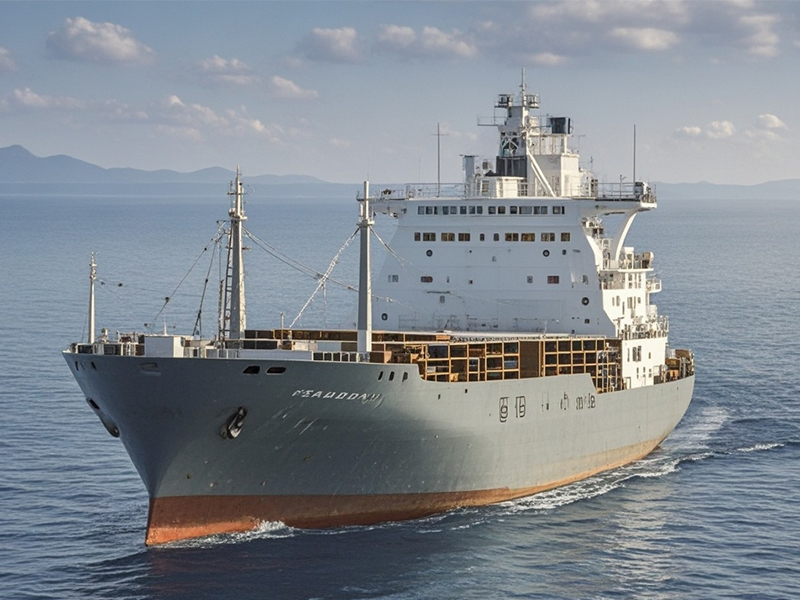Against the backdrop of globalization, cross-border logistics has become an indispensable part of international trade. As one of the most important logistics hubs in Southeast Asia, Singapore plays a pivotal role in the field of cross-border logistics. This article will explore the importance, characteristics, and development trends of Singapore’s cross-border logistics, interpreting the unique charm of Singapore as a hub for cross-border logistics.

Singapore’s cross-border logistics has unique advantages, mainly reflected in the following aspects:
Firstly, Singapore is located in Southeast Asia, serving as a crucial hub connecting the East and West. Its superior geographical location has made Singapore a must-pass location for major international freight routes, making it the preferred hub for many cross-border trade enterprises.

Secondly, Singapore boasts advanced logistics infrastructure and efficient customs clearance processes. Singapore’s port is renowned as one of the busiest ports globally, with its container handling capacity ranking among the top in the world, providing reliable support for cross-border logistics. At the same time, Singapore’s customs adopts advanced electronic clearance systems, greatly improving clearance efficiency and facilitating the rapid flow of goods.

Furthermore, Singapore has a plethora of cross-border logistics service providers and courier companies, offering comprehensive logistics solutions to enterprises. These logistics companies not only provide traditional logistics services such as sea freight and air freight but also offer value-added services such as consolidation, warehousing, and customs clearance, providing convenience for enterprises engaged in cross-border trade.

The development trends of Singapore’s cross-border logistics are mainly reflected in the following aspects:
Firstly, the rise of sea freight parcel services. With the development of cross-border e-commerce, sea freight parcel services have gradually become the mainstream service mode for cross-border logistics. Sea freight parcels have the advantages of short transportation time and low cost, and are favored by an increasing number of consumers and enterprises.

Secondly, the popularization of consolidation services. Consolidation refers to the logistics method of combining multiple orders into one batch for shipment, which can significantly reduce logistics costs and improve transportation efficiency. As a consolidation center, Singapore’s consolidation business has experienced rapid development, injecting new vitality into cross-border trade.

In conclusion, with its unique geographical location, advanced logistics infrastructure, and diversified logistics services, Singapore has become a crucial hub connecting the world. In the future, with the continuous development of cross-border trade, Singapore’s cross-border logistics will continue to play an important role, making greater contributions to the prosperity of the global economy.

 alt=""
alt="" 


 Logistics line quotation
Logistics line quotation Cross-border express order
Cross-border express order 24 hours online customer service
24 hours online customer service Huixiang Cross-border Logistics all rights reserved
Huixiang Cross-border Logistics all rights reserved 






